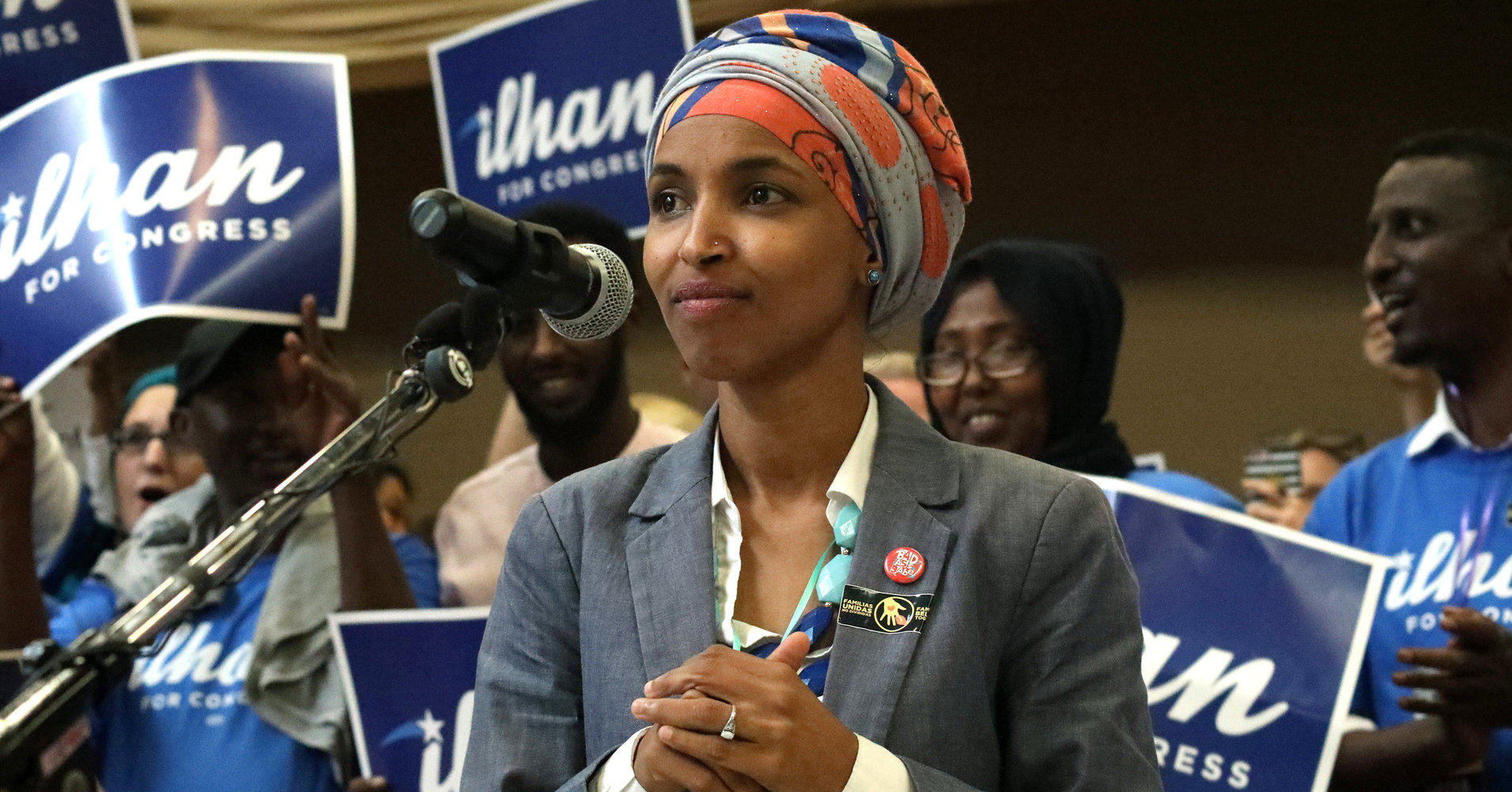[ad_1]
We are days away from the first midterm elections of Donald Trump’s presidency ― and a lot is at stake.
Democrats are hoping for a high voter turnout to help them regain control of the House and Senate, and big names from former President Barack Obama to Rihanna have been pushing people to register.
The election already promises to be a historic one, with record numbers of women already having won their primaries and now running in the general election. Several candidates are poised to break barriers in November, like Rashida Tlaib and Ilhan Omar, set to become the nation’s first Muslim women in Congress. And a contingent of progressive women of color, including political newcomer Alexandria Ocasio-Cortez, are likely to join Congress, shaking up the overwhelmingly white and male legislative branch and pushing the Democratic establishment further left.
Here are 10 things to look out for in the upcoming midterms:
1. Several candidates are poised to make history.
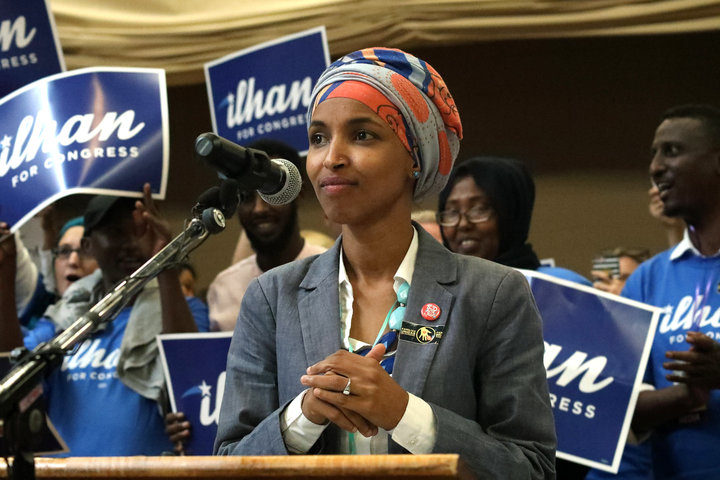
Bloomberg via Getty Images
A record wave of women of color and LGBTQ candidates ran for office and won their primaries this year.
Some candidates already made history with their primary wins alone: Christine Hallquist, who won the Democratic primary in Vermont, became the nation’s first openly transgender candidate for governor backed by a national party. Others are all but guaranteed to win in November and make American history books: Rashida Tlaib in Michigan and Ilhan Omar in Minnesota will likely become the country’s first Muslim women in Congress. In Georgia, Stacey Abrams is in a tighter race, but if she wins she’ll become the nation’s first black female governor.
2. Democrats could flip key GOP-held seats.
Since Trump was elected two years ago, the Democratic Party has staked many of its hopes for opposing the president on taking the House and Senate back from Republican control.
In several states, Democratic candidates are in tight races to win currently Republican-held seats. In Arizona, Democratic Rep. Kyrsten Sinema ― who broke barriers in 2012 as the nation’s first openly bisexual member of Congress ― is running for Senate against GOP Rep. Martha McSally. Whoever wins will be the state’s first female senator.
In Tennessee, former Democratic Gov. Phil Bredesen is running for Senate against GOP Rep. Marsha Blackburn. Singer Taylor Swift set Twitter afire earlier this month by backing Bredesen.
And in Texas, Democratic Rep. Beto O’Rourke is running in a closely watched, well-funded race to upset GOP Sen. Ted Cruz in the longtime red state.
3. Several progressive candidates of color could be headed to Congress.
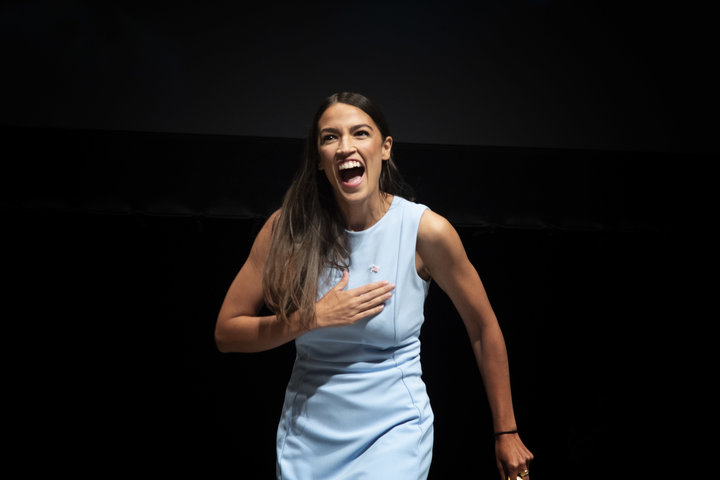
The Washington Post / Getty Images
A handful of progressive women of color appear to be shoo-ins to head to Congress in November ― and once there could seek to push the Democratic establishment further left.
Alexandria Ocasio-Cortez, a 29-year-old political newcomer, is a member of the Democratic Socialists of America who famously upset 10-term Democratic Rep. Joe Crowley in the primary. She is likely to prevail in the general election in the heavily Democratic New York City district where she’s running.
And Tlaib in Michigan and Omar in Minnesota, both backed by the progressive group Justice Democrats, are likely to win in their strongly Democratic districts. They support a “Medicare for all” plan and have refused any corporate PAC money in their campaigns.
Several other progressive candidates are facing tough races in November, but could make history with their wins: Andrew Gillum is vying to be the first black governor of Florida, and Abrams in Georgia could be the first black female governor in the country.
4. Some Trump-loyal Republicans could be headed to governorships.
In Kansas, Secretary of State Kris Kobach (R) could become the next governor. The Trump supporter has gained notoriety for his anti-immigrant views and for promoting voter fraud allegations.
And in Florida, Rep. Ron DeSantis won his primary for governor with Trump’s backing. In a campaign ad, the Republican candidate’s daughter appeared to be building a wall with toy blocks, and his infant son was sporting a red “Make America Great Again” onesie.
Michigan Attorney General Bill Schuette got an early endorsement from Trump in his gubernatorial campaign ― though that may not work in his favor in a state where Trump’s approval rating has been as low as 36 percent, according to an NBC News poll in late July.
5. Candidates could break historic barriers for LGBTQ representation.
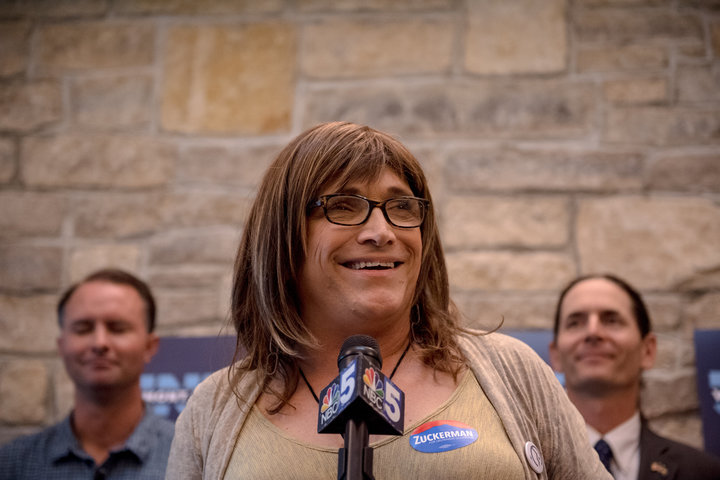
Hillary Swift via Getty Images
A record-breaking number of lesbian, gay, bisexual, transgender or queer candidates ran for office in 2018 ― and an unprecedented number won their primaries, according to a report from the LGBTQ Victory Fund.
Several LGBTQ nominees could make America’s history books next month: Hallquist in Vermont is vying to become the nation’s first openly transgender governor. Former Dallas County Sheriff Lupe Valdez in Texas is seeking to be the nation’s first openly lesbian governor. And Rep. Jared Polis in Colorado aims to become the nation’s first openly gay man to be elected governor.
6. Women running for office for the first time could be headed to power.
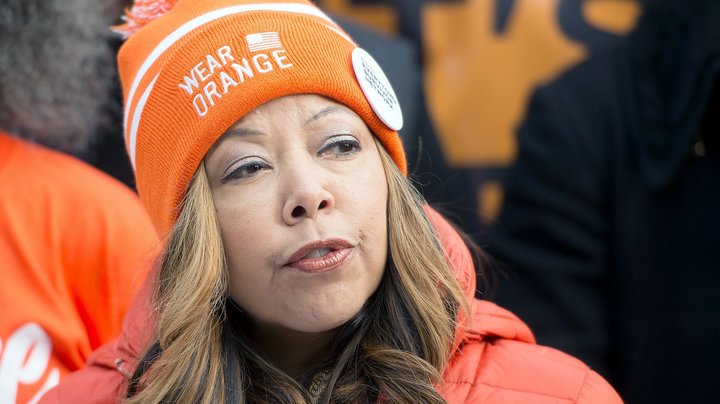
Mike Pont/WireImage via Getty Images
Ocasio-Cortez, who is favored to win, was a bartender just months before she beat a powerful incumbent in the primary.
Lucy McBath, running for Congress in Georgia’s 6th Congressional District, has also never previously held political office. The mother of slain teen Jordan Davis ― who was shot dead in 2012 ― faces an uphill battle to beat GOP incumbent Karen Handel in the red state.
7. One state will decide whether former felons can vote in future elections.
In Florida, a constitutional amendment on the ballot could automatically restore voting rights to people with a felony conviction. In the state with the largest population of disenfranchised felons in the country, the move could expand voting rights to over 1.5 million people.
People with felony convictions in the U.S. often have to navigate complicated policies to know if they are eligible to vote, and the fear of getting it wrong can keep eligible voters from casting a ballot.
While four states permanently disenfranchise people with felony convictions, several others allow them to vote. Fourteen states automatically restore voting rights upon release from prison, and 21 states restore them after a person finishes probation and parole. In Maine and Vermont, felons never lose their right to vote and can even cast a ballot from prison.
8. Many states are making it harder to vote ― or harder for a vote to count.
A number of states make it harder to vote through such restrictions as voter-ID requirements, limits on early voting and the disenfranchisement of felons. Voter suppression disproportionately impacts low-income voters, young and elderly voters, and voters of color.
In Georgia, the competitive and potentially historic governor’s race has gotten heated around a voting rights controversy. Earlier this month, an Associated Press report found that over 53,000 voter applications ― nearly 70 percent of which were from black people ― were on hold for verification with secretary of state and gubernatorial candidate Brian Kemp’s office. As secretary of state, Kemp oversees elections in the state. His Democratic opponent, Stacey Abrams, has accused him of voter suppression. Kemp has called those accusations a “farce” and insisted that people whose registrations were “pending” could still vote on Election Day. (Those 53,000 voters can vote on Election Day if they show up to the polls with an accepted form of photo ID ― but they can’t vote absentee or by mail until they resolve the discrepancies with their registrations.)
In June, the Supreme Court ruled that Ohio could continue to purge people from voting rolls, saying the aggressive process the state was using did not violate federal voter protections.
New York is one of 13 states without early voting, and it requires an excuse to get an absentee ballot ― meaning people can’t vote before Election Day. Meanwhile, other states like California use automatic and same-day registration.
In North Carolina, a federal court ruled in August that the state’s congressional districts were so gerrymandered in Republicans’ favor that they violated the Constitution. But because the ruling came down so close to Election Day, the state likely won’t draw new maps before Nov. 6.
9. Voters in Southern states could continue to face polling place closures.
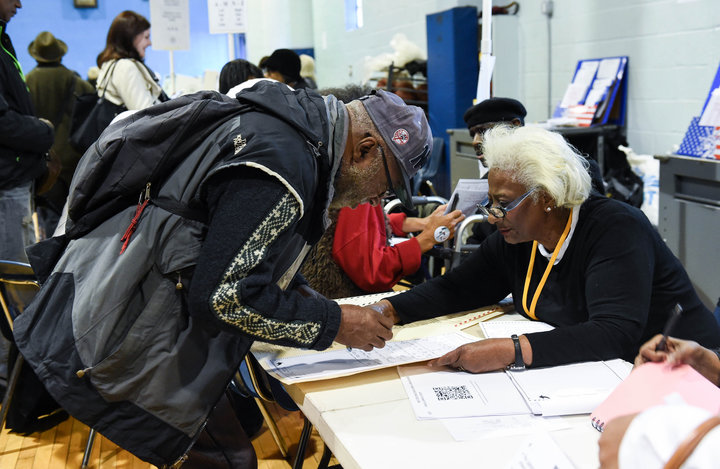
SIPA USA/PA Images
A 2016 report from civil rights group the Leadership Conference found that hundreds of polling places had closed since the 2013 Supreme Court ruling in Shelby County v. Holder.
That decision meant that certain states previously covered by the Voting Rights Act of 1965 ― largely Southern ones with histories of voter discrimination ― no longer had to seek so-called Section 5 approval before making changes to voting systems. Advocates say the ruling essentially gutted the landmark civil rights law and left black and brown communities more vulnerable to voter suppression tactics.
“Polling place closures are a particularly common and pernicious tactic for disenfranchising voters of color,” the report said. “Prior to the Shelby decision there was a process to ensure that jurisdictions known to engage in voting discrimination weren’t using budget cuts or voter modernization as cover to disenfranchise people of color. … In a world without Section 5, that process ― that protection for minority voters ― has ceased.”
In Georgia this August, a majority-black county had to reject a plan to close nearly all of its polling places.
10. Democrats are hoping for high voter turnout.
Voters tend not to turn out in as high numbers for midterm elections. In the 2016 presidential election, for example, the turnout rate was 60 percent, compared to 37 percent in the 2014 midterms.
But many in the Democratic Party are hoping for a higher turnout than usual among left-leaning voters, spurred by their opposition to Trump’s presidency and Republicans’ hold on Congress.
Sam Levine contributed to this report.
[ad_2]
Source link

